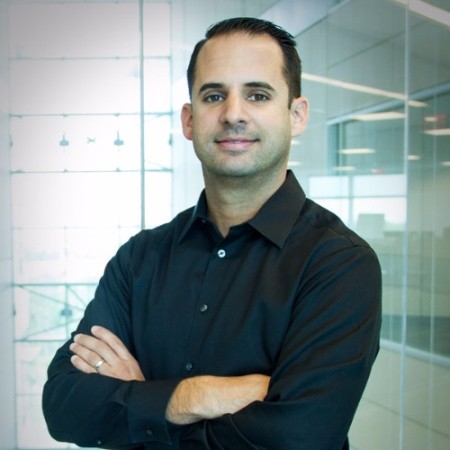STEM, Women and Minorities: What’s the big deal?

Jun 11, 2019, 9:00 AM.
It was Alcoa Corp in 1940 that first coined the term ‘Imagineering.’
Combining imagination and engineering, the Walt Disney Company brilliantly trademarked the term as a title given to the most ingenious minds. What Disney was able to do was make their engineers rock stars who, in their words, “turn fantasy into reality and dreams into magic.”
With three small children, Disney is on my mind quite a bit, and so is thinking about my kids’ future. Science, technology, engineering and mathematics (STEM) is the emphasis of most educational institutions right now–and for good reason. The Bureau of Labor & Statistics Career Outlook Report projects STEM fields to “grow to more than 9 million between 2012 and 2022,” impacting almost every industry in the 21st Century–from energy to medicine to entertainment. Thanks to the efforts of educators and companies like Disney, STEM fields are increasingly being perceived as ‘cool’ and innovators like Elon Musk, Jeff Bezos, Steve Jobs and Bill Gates are rock stars of the 21st Century.
It’s definitely a step in the right direction, but there are still hurdles that STEM, as a field, has to face. Companies are having a hard time filling STEM-related positions with individuals that are appropriately qualified. It could be one of the industry's most complex challenges–made more complicated by the push for diversity in the applicant pool for these roles. But despite the need, there’s that one big hurdle called ‘stereotype’ that brings a skewed perspective of what STEM professionals, future problem solvers, should look like.
This is why women and minorities pursuing STEM is a big deal. With STEM professionals earning a “median annual wage of nearly $76,000—more than double the $35,080 median wage,” these fields represent some of the highest paying jobs in the workforce (BLS.gov). For women and minorities, it’s a start in helping close the wage gap. For organizations, it’s the key to keeping up with the speed of advancement. Diversity is crucial to an organization’s long-term sustainable growth, since it brings unique solutions that can only come from people of different backgrounds and perspectives.
While the hurdles for diversity within STEM also include inconsistencies in early childhood curriculum, poverty and limited access to resources, there are a lot of us working to change the narrative. Every day I am immersed in strategies geared towards the cause and I see first-hand how passionate my colleagues at Florida International University (FIU) are about changing the face of science, tech, engineering and mathematics.
Based in South Florida, we have access to an exceedingly diverse student body. At FIU Online, we have been proudly serving non-traditional higher education students for over 20 years. This past semester, 74% of our student demographic was female and the majority over the age of 26. That is a great testament to the opportunities we are providing learners through the accessibility of online education. If we get this right, FIU will be a prime case study on how to fulfill the future of STEM by leveraging a diverse student population and developing exceptional professionals.
Our focus is working alongside students throughout their journey, providing them with personalized success coaching–encouraging student participation, helping students push past adversity and reacting to needs. We are also implementing initiatives such as Career Engage, which zeros in on curriculum to close the skills gap and provide students with not only an in-demand degree, but also strategic certifications that will make them stand out as professionals. Moreover, we are staying ahead of the industry. This fall, we are launching the nation’s first IoT (Internet of Things) degree–fully online–through FIU’s College of Engineering & Computing.
Beyond FIU Online, FIU has developed a joint program with the Miami-Dade County Public School System called Florida Action for Minorities in Engineering (FLAME), designed to provide unique educational experiences to minority high school students. The University also founded the STEM Transformation Institute, whose mission is to transform classroom, program and institutional practices across disciplines to meet the national need for qualified STEM professionals.
But change requires a village. Our workforce needs great minds from all backgrounds to come together with “big audacious ideas.” As parents, mentors and educators to a new generation of learners, let’s think about what each of us are doing to cultivate a future of diverse ‘Imagineers’ (because we really do need more STEM rock stars that look like our daughters).
